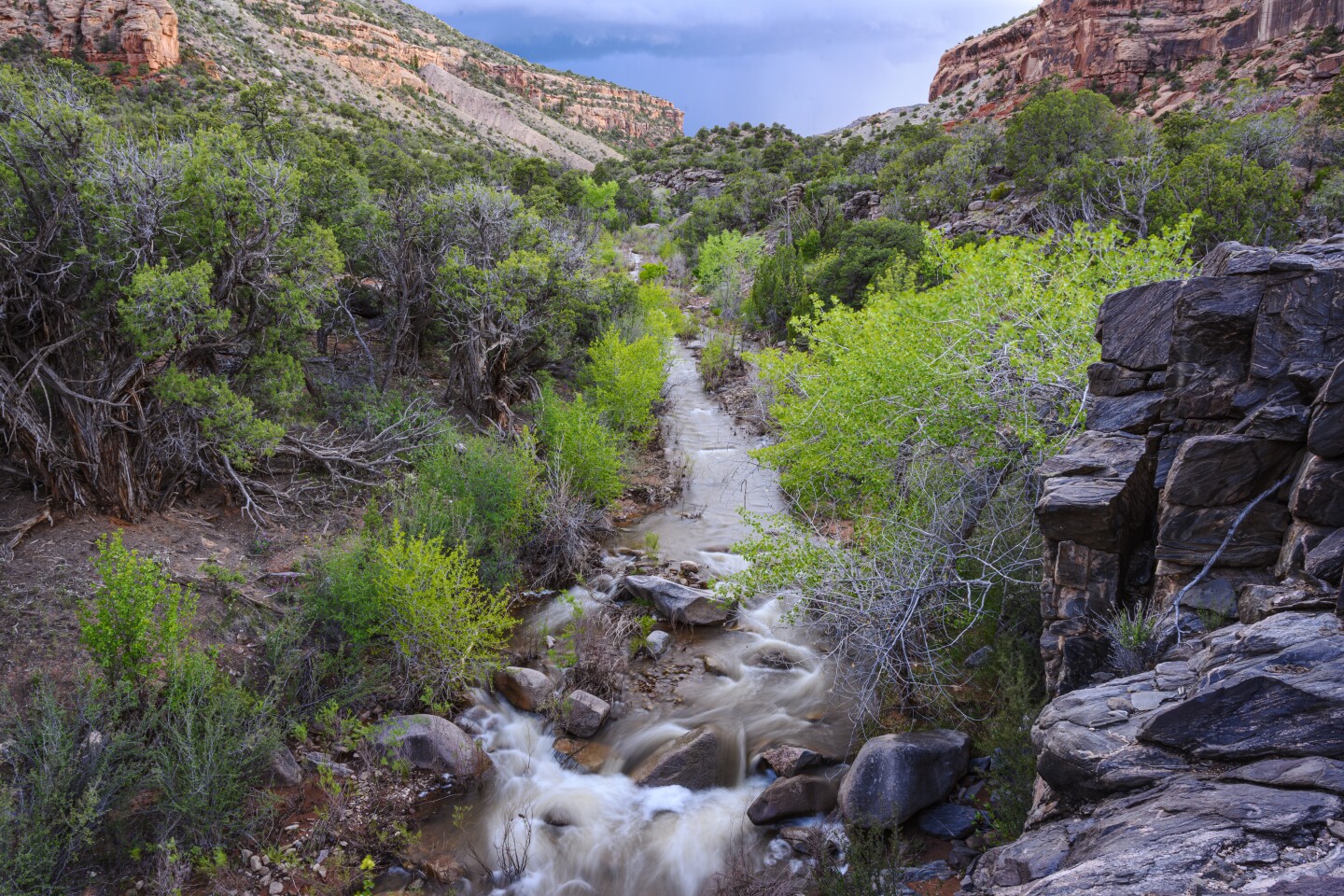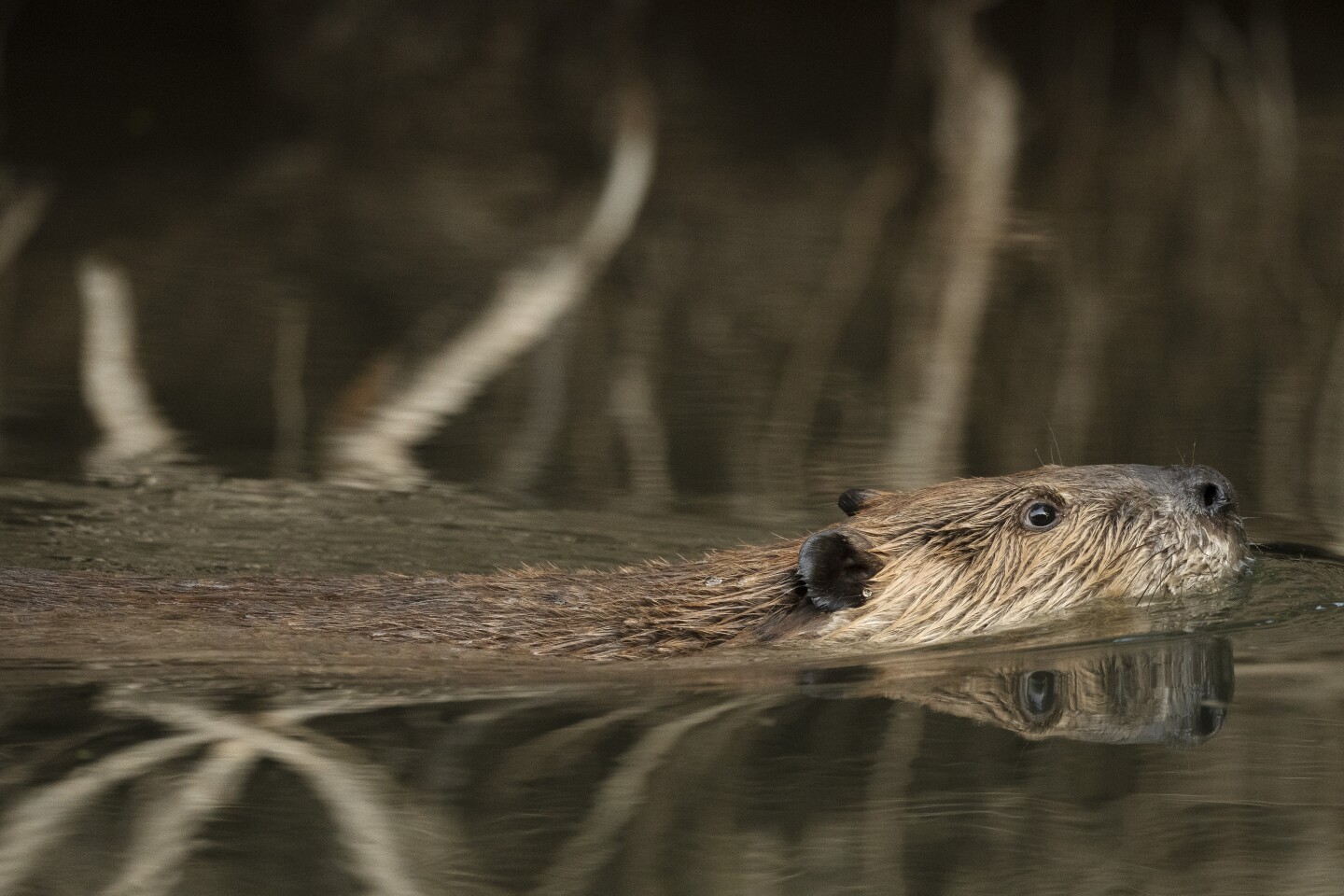Where there’s water, there’s life.
That’s what author and conservation photographer Dave Showalter wants us to know about the Colorado River. Yes, climate change and drought are creating unprecedented stress on this magnificent river. Yes, the people who depend on the river are facing a future with less water.
But that’s just part of the story. In his new book, "Living River," Showalter tells a story of optimism that he believes can spur greater action to protect the Colorado.
“Hope and love are more powerful emotions than despair,” he writes.
The foundation supported the publication of "Living River" to help people understand the the Colorado and see it through a different lens. The river is far more than just a delivery system for water in a thirsty region.
I spoke with Showalter about his connection to the river and where he finds hope for its future.
I'll just start by asking why did you want to do this book?
I heard an expert, who should have known better, say the Colorado River was dead. And that kind of just triggered something in me. I thought, "You know what, that's just not my experience. My experience is where there's water, there's life." We need to change the narrative about how we talk about these rivers if we want to save them.
Why call the book "Living River?"
Right now, we're focused a lot on the river’s plumbing system, and rightfully so, because of systemic water shortages exacerbated by climate change, and our commitments to agriculture and downstream communities. But the fact of the matter is the river must continue to flow to reach those big users at the bottom of the watershed. And where rivers flow, there is life. And there is ample opportunity to protect that life. So why not tell that story? Why not take people to the river? I feel strongly that nobody’s going to care unless they go to the river - physically or through story - to see what’s at stake and how incredibly diverse and beautiful and wild it can be.
Who do you hope to reach in telling the story of the Colorado as a “living river?” What do you hope they take away from the book?
I think you're always assessing, "Who is my audience?" For the people making decisions about water allocations, I think this story serves to remind them that we still have a river to protect. We have a watershed, and all the rivers that feed into the big river are worth protecting, too.
And for everyone who isn’t in those rooms making decisions about water, I hope they come away with a better understanding of how we need to change our relationship to water in the West during the driest period in 1,200 years. How we relate to water and how we interact with rivers is critically important right now. For me, it's visceral, it's personal. I want people to feel that sense of what it's like to be standing in the waters of a wild river, to feel the pulse and the energy and that deep connection. I want us to reach a point, culturally, where we see no separation between us and the rivers that flow through us.
In what way do you want folks to change their relationship to the river and the water that they use?
There's a process that happens when we ask the question, "Where does my water come from?" We realize it's not the tap. And it's not the reservoir. Maybe it's a place atop the Rocky Mountains somewhere. And if we go there, either virtually or in person, and then we start asking the questions like, "How's the water used? Where does it go?"
Then we feel compelled to engage. Culturally, if we do that at scale, we start to become the river and we begin talking about water in the West in a different way. It's not a resource, but it's a life force. I want to show what it is to be part of a larger watershed community. Maybe that helps us find solutions. Every one of us is going to share in the cuts that are coming. We are only going to be able to absorb those cuts if we feel a sense of community.
What do you say to people who might see the images of drought and depleted reservoirs and think it’s maybe already too late for the Colorado?
The approach I took with this story is to tell it through people who are doing good work. We call them river keepers. No matter where you go in the watershed, whether it's the top of the watershed or in the Colorado River Delta, you find people who are doing conservation in communities.
They're working for decades of their lives to protect a particular reach of a river. I wanted people to see these hopeful signals of what happens when we come together as a watershed community. We're not going to save all of it, but there's a whole lot of the watershed where there's really strong signs of hope and great work happening. We need to draw upon that for inspiration.
You obviously made a very deliberate choice here to make this a story about people, as well as the river.
If we want to bring people to these issues and compel them to engage in some way, they need to see themselves through the good work of others. When we see these river keepers, that's an invitation for all of us to say, "You know what? You can join in this work at any level that you want to.
What's your favorite place on the river or in its watershed?
It depends on the season and there are many favorite places. I love going into the headwaters, above timber line, roaming the alpine tundra. It’s spectacular. But it is also amazing to visit the wild Upper Gila River, go anywhere in the Grand Canyon region, see the restoration in the Colorado River Delta in Mexico, and travel to Bears Ears National Monument to be with Indigenous folks who don't even have access to clean water and to experience their own sacred connection to the land and the water. It’s soul stirring. You get a sense of how we need to be present for each other in this moment and not let lack of water divide us, but let it bring us together.










